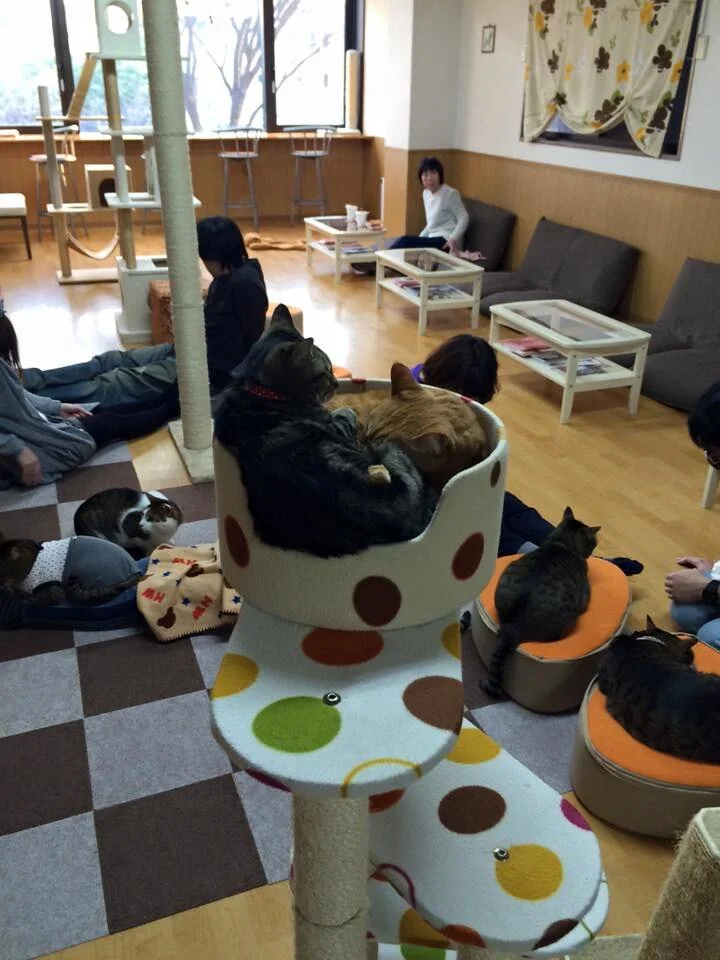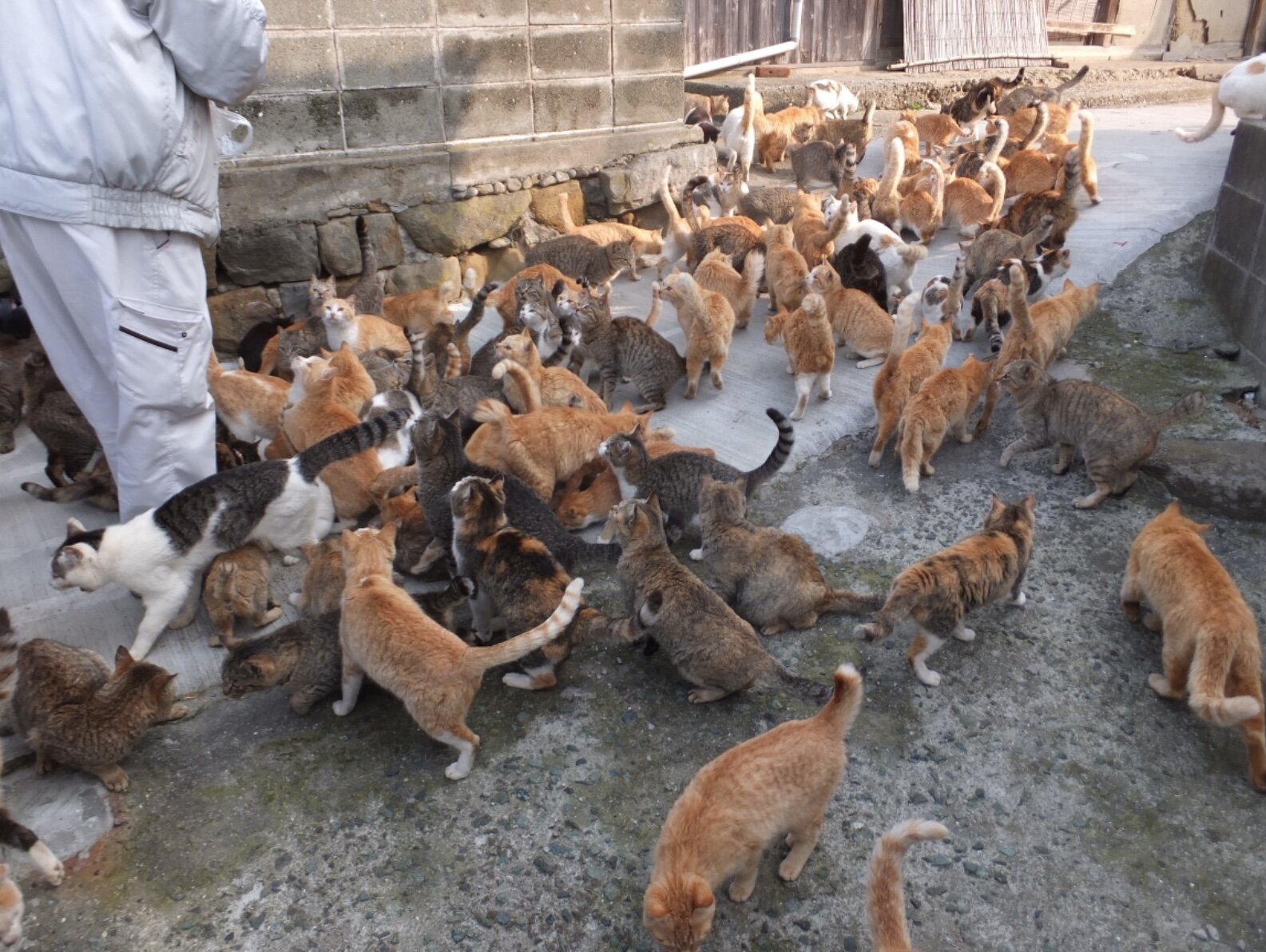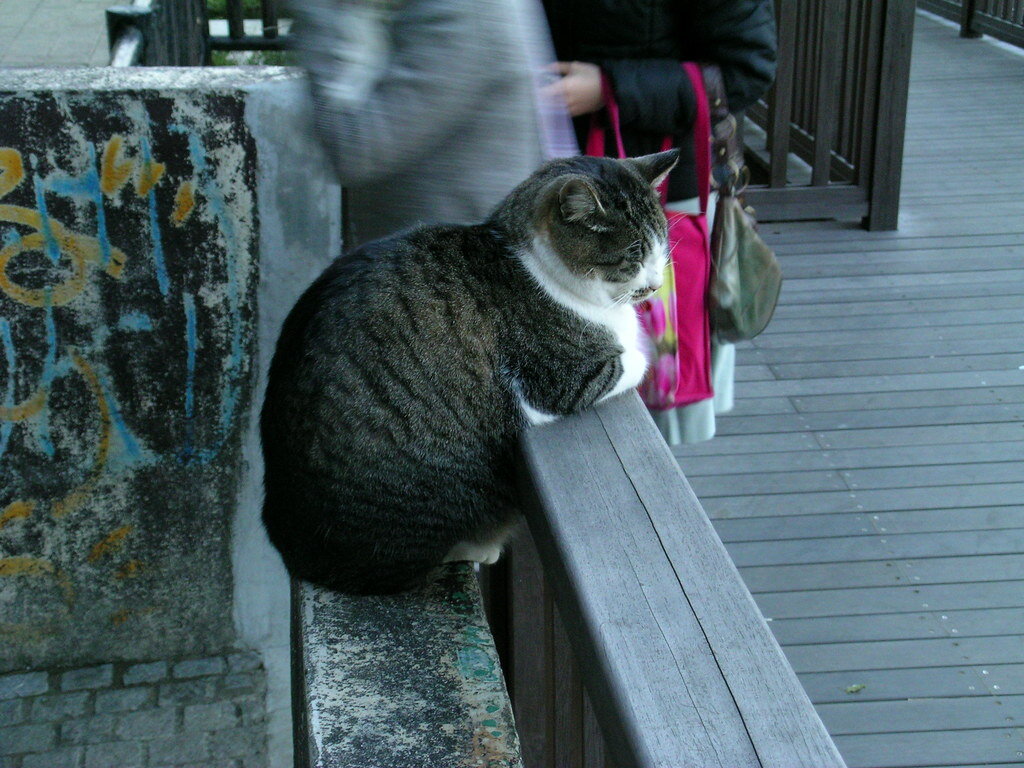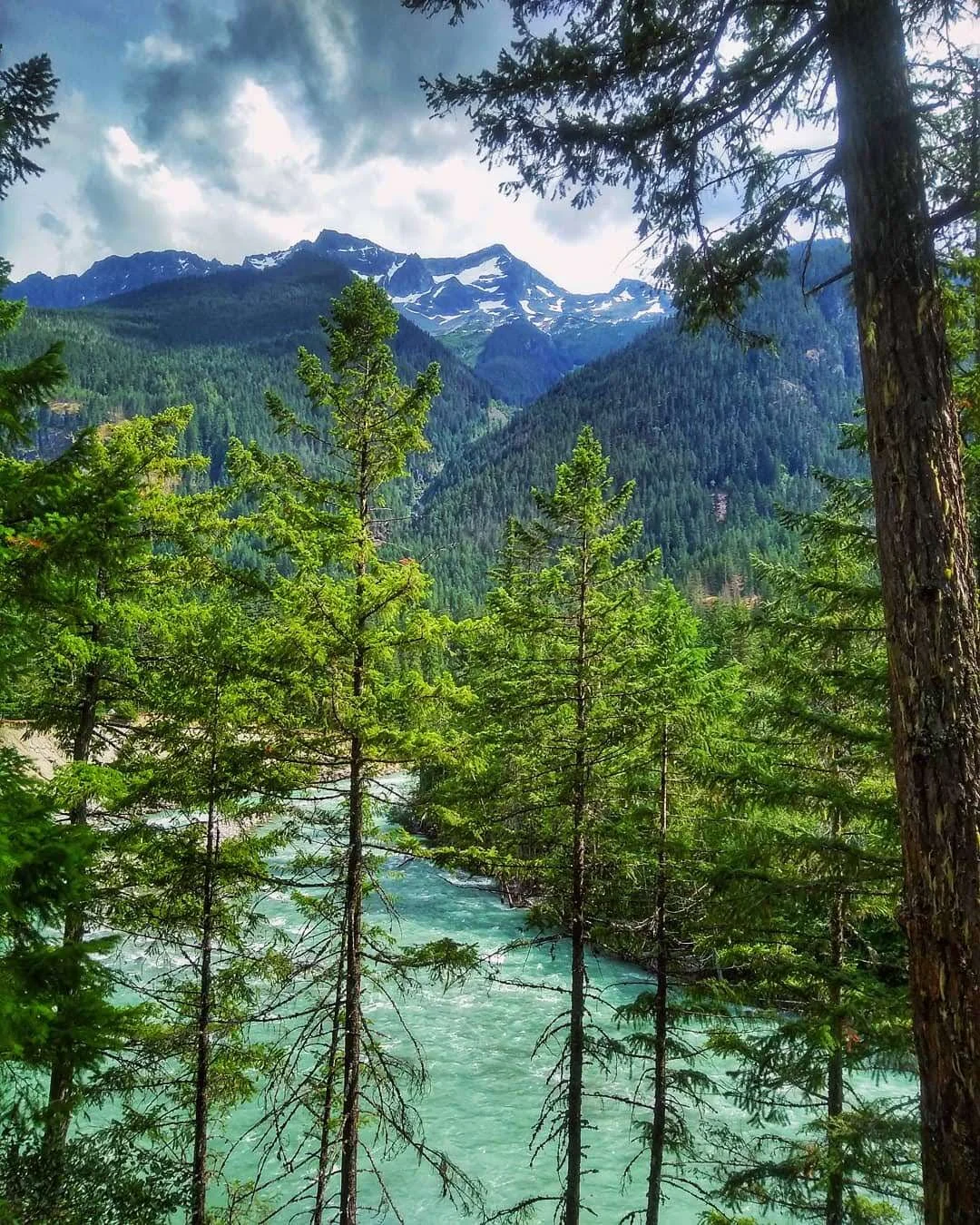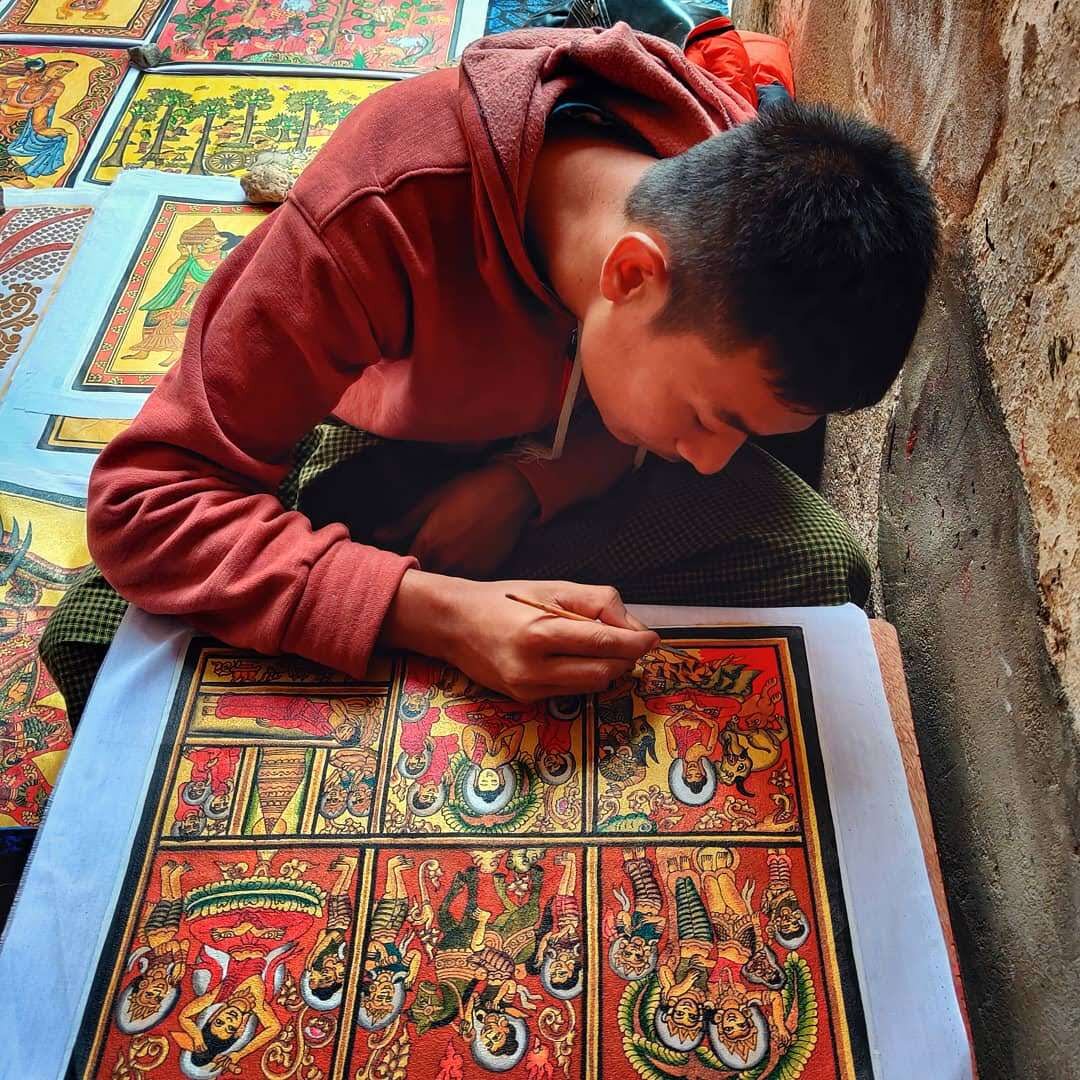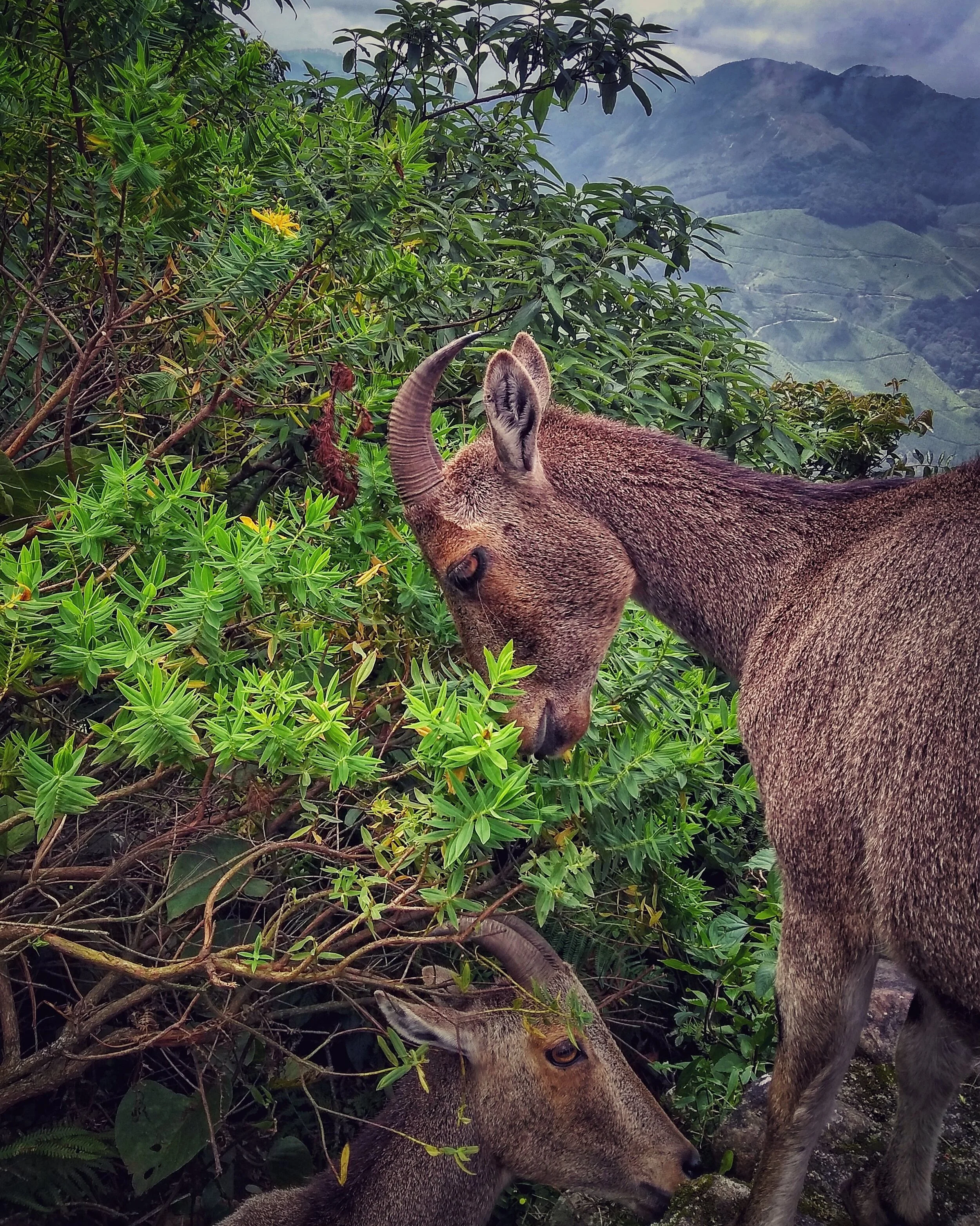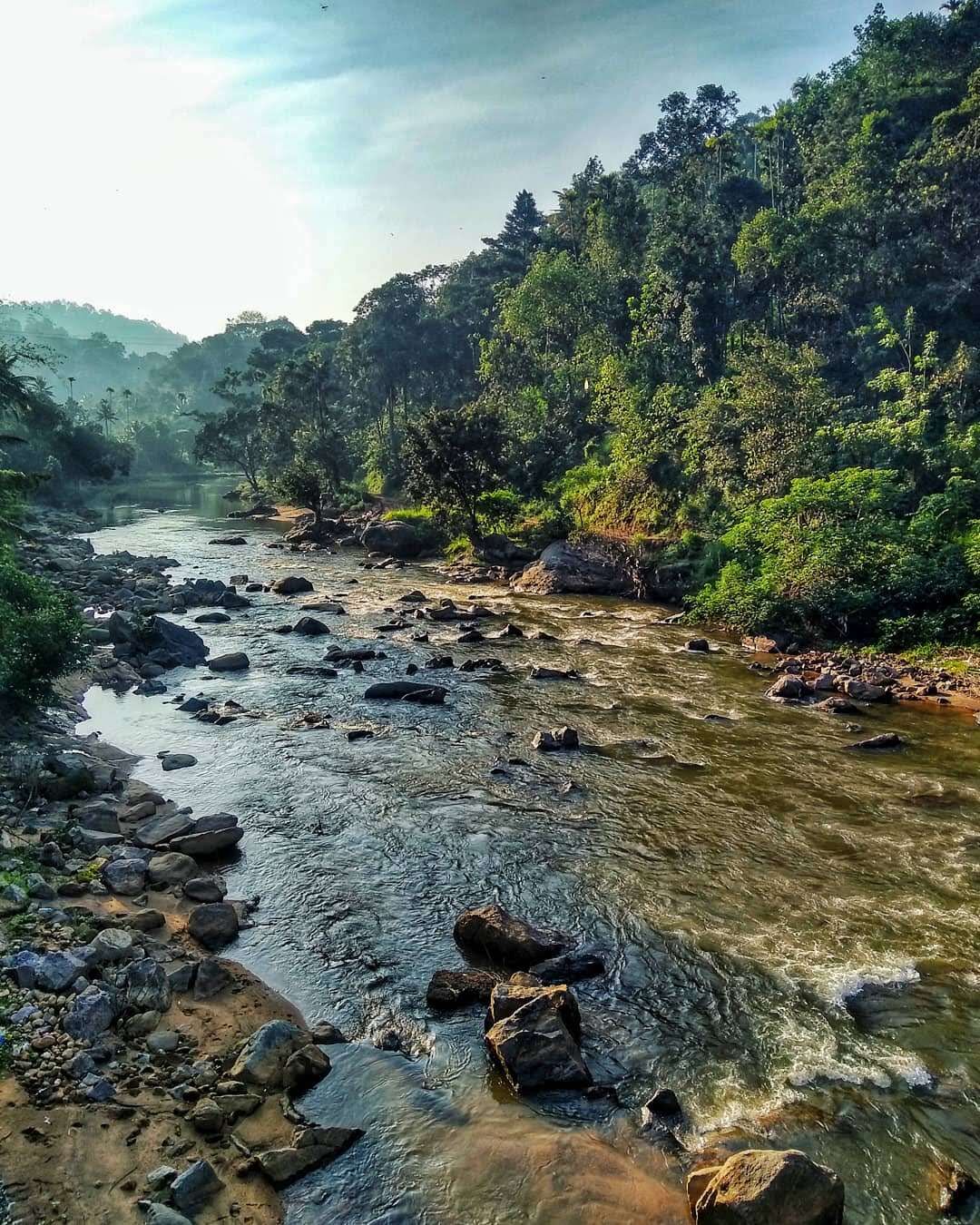It is always a pleasure to watch a cat prancing through the neighborhood or a skittish kitten darting for the bushes. But one country, Japan, has completely dissolved the line dividing feline and human interaction.
Cat cafe in Japan. nyxie. CC BY-NC-SA 2.0.
Most people, if asked to name something from Japanese pop culture, would name the “Hello Kitty” cat cartoon as one of their top answers. As popular as the character has been with children across the world, a bustling cat scene exists within Japan itself entirely separate from Hello Kitty.
Japan’s residents hold a lengthy history of interaction with their feline friends. Cats were originally an invasive species introduced to Japan around 500 A.D. The creatures soon proved their worth by managing the islands’ rat population; the silkworm industry was being devastated by pesky rats, so the nation’s cats jumped into action. Over 1,000 years ago, wealthy members of Japanese society owned cats as pets. Evidence of cats in Japanese history can be found in literary works and paintings, many of which are hundreds of years old. The country’s oral history also contains many tales of worship for the cherished creatures.
Beyond being pets, cats in Japanese culture are an integral part of social interaction. “Cat cafes” have recently blossomed in Japan’s cat culture, allowing owners to mingle while their beloved friends wander among other felines.
While a stray cat is a common sight on any island of Japan, about a dozen islands have been dubbed the “Cat Islands” for their particularly dense population of felines. Two of the most popular are the islands of Aoshima and Enoshima:
Aoshima Island
Crowd of cats on Aoshima Island. 暇・カキコ. CC BY-SA 4.0.
Aoshima Island, located in southern Japan, boasts a human to cat ratio of 1-8. Cats were originally brought to the island to manage the rat population, but now they enjoy flashy media attention as internet sensations. The cats have become increasingly popular with visitors seeing viral videos, so an interactive feeding area has been installed. The cats have now become accustomed to interaction with strangers and will gladly show affection for a bit of food.
Enoshima Island
Cat on Enoshima Island. tokyofortwo. CC BY-NC-SA 2.0.
Enoshima Island is a small island just over an hour south of Tokyo. The island’s human population is minuscule compared to the population of cats; there are only about 100 human residents among over 600 cats. The island draws many visitors for its Shinto shrines, which represent a religion that does not believe in the killing of cats. The island also houses a busy fishing industry, which has proven to provide plenty of nourishment for furry residents. Thus, the island’s cat population has bloomed.
Japan’s feline friends have embedded themselves in the nation’s history and culture, and their lofty position in society appears to be secure.
Ella Nguyen
Ella is an undergraduate student at Vassar College pursuing a degree in Hispanic Studies. She wants to assist in the field of immigration law and hopes to utilize Spanish in her future projects. In her free time she enjoys cooking, writing poetry, and learning about cosmetics.

